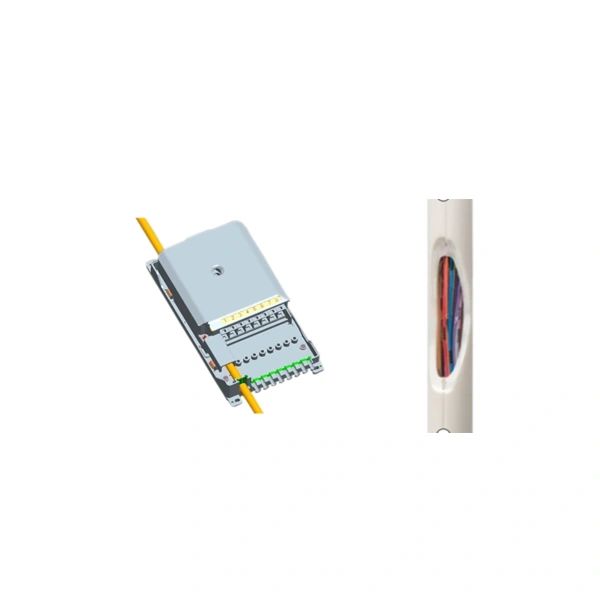Troubleshooting Indoor Optical Cables: Identifying and Resolving Issues

Indoor optical cables play a crucial role in providing high-speed and reliable internet connections. However, they are susceptible to various issues that can disrupt the signal transmission. This article explores troubleshooting and repair methods for indoor optical cables to ensure uninterrupted connectivity.
1. Identifying Common Issues
Before proceeding with troubleshooting, it is important to identify the common issues that occur with indoor optical cables:
- Broken or damaged cables
- Loose or disconnected connectors
- Signal loss or degradation
- Excessive bending or twisting of the cables
2. Troubleshooting Methods
When dealing with indoor optical cable issues, the following troubleshooting methods can help:
2.1 Visual Inspection
Perform a visual inspection of the cables to identify any visible damages or breakage. Check for any loose or disconnected connectors. If any issues are found, replace the damaged cables or reconnect the connectors securely.
2.2 Signal Testing
Use an optical power meter to measure the power levels at different points along the cable. This helps in identifying any signal loss or degradation. If significant variations in power levels are observed, it indicates a potential issue that needs further investigation.
2.3 Bend Radius Examination
Ensure that the indoor optical cables are not excessively bent or twisted beyond their specified bend radius. If the cables are bent too tightly, it may cause signal attenuation or even damage the fibers. Correct any bends or twists that exceed the recommended limits.
3. Repair Methods
Once the issues are identified, the following repair methods can be applied:
3.1 Cable Replacement
If the cables are severely damaged or broken, replacement is often the most effective solution. Use high-quality cables that meet the required specifications.
3.2 Connector Re-termination
If loose or disconnected connectors are the issue, re-terminate them by following the manufacturer's guidelines. Ensure that the connectors are properly aligned and securely fastened to maintain signal integrity.
3.3 Fiber Cleaning
If signal loss or degradation is detected, it could be due to dirty connectors or fiber ends. Clean the connectors using lint-free wipes and specialized cleaning solutions. Be careful not to introduce any scratches while cleaning.
In conclusion, troubleshooting and repairing indoor optical cables require careful identification of common issues, followed by appropriate troubleshooting and repair methods. Regular maintenance and adherence to recommended bending limits can help prevent future issues and ensure reliable connectivity.



